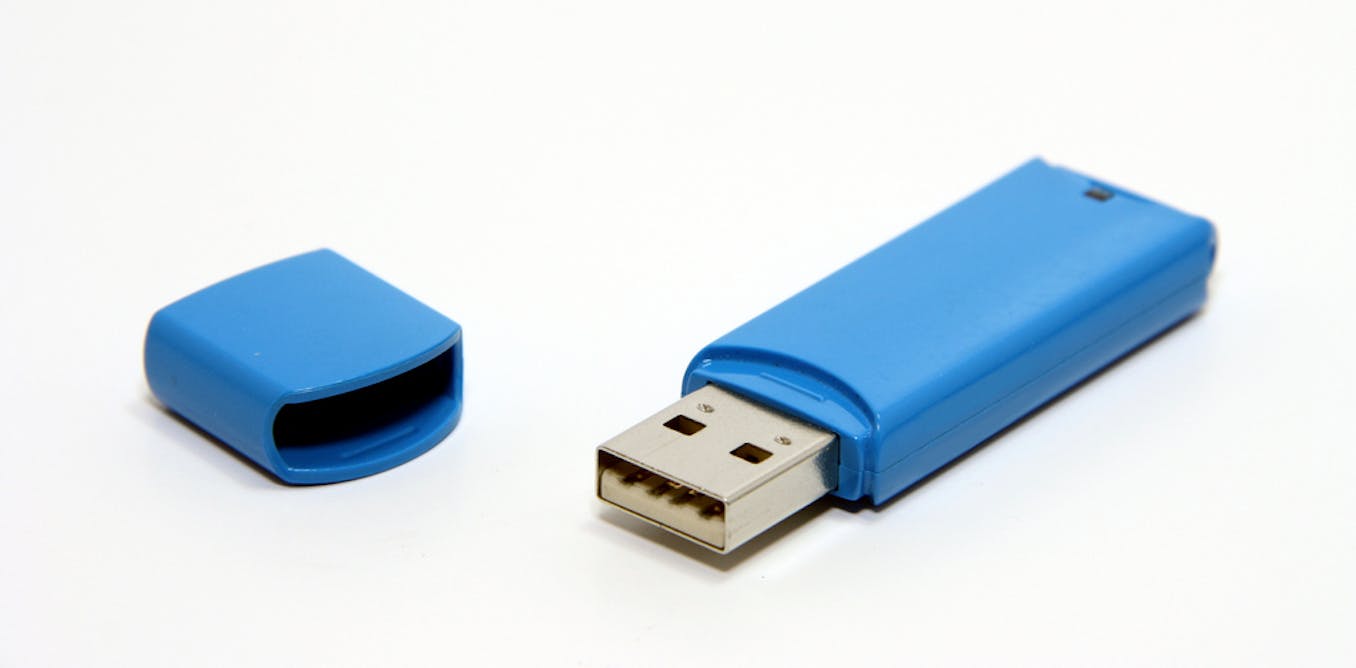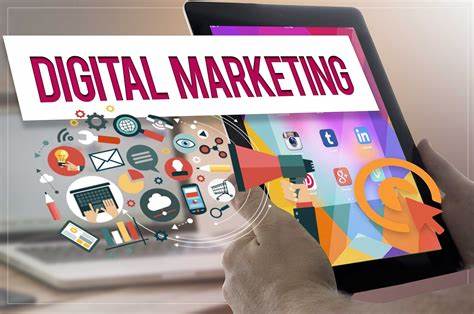
Our digital gadgets retailer a plethora of delicate knowledge. To give protection to this knowledge, software working techniques reminiscent of Apple’s iOS and Android have locking mechanisms. Those require consumer authentication ahead of get admission to is granted.
Probably the most commonplace mechanisms is fingerprint login, a type of biometric generation first offered by means of Apple in 2013 as Contact ID.
Contact ID used to be offered with the instinct that, if there used to be an more uncomplicated and sooner approach to log in, customers can be inspired to stay more potent passcodes and passwords with out sacrificing ease of get admission to. It used to be intended to toughen each the usability and safety of the software.
Then again, in software this hasn’t been the case. And maximum customers stay blind to this preliminary goal.
Simple objectives
When first unlocking an iPhone after beginning it, customers are requested to go into a robust six-digit passcode, as a substitute of a more practical four-digit PIN. After that, Contact ID can be utilized to release the telephone, to steer clear of having to re-enter the password more than one instances.
The catch is, customers can select to forget about the course and go for a very easy four-digit PIN, and so they normally do.
Researchers discovered that amongst Contact ID customers, the bulk nonetheless used susceptible login codes, basically four-digit PINs (which might be simple to bet). This used to be additionally true amongst individuals who didn’t use Contact ID.
Learn extra:
Fingerprinting to unravel crimes: now not as powerful as you assume
Additionally they discovered greater than 30% of contributors weren’t conscious they might use passwords with letters (which might be more potent) as a substitute of four-digit PINs.
Some contributors indicated they used PINs for sooner get admission to, in comparison to passwords. And maximum agreed that Contact ID introduced usability advantages together with comfort, pace and simplicity of use.
Curiously, there used to be additionally a disconnect between how safe customers concept their passcodes have been, and the way safe they in truth have been.
Actually, simplest 12% of contributors appropriately estimated their passcode’s energy
Wisdom is vital
It’s vital to know the way fingerprint login and different biometric techniques paintings, ahead of we use them.
A biometric is a novel organic function which can be utilized to spot and test an individual’s identification. With the exception of fingerprints, we see this in facial reputation scans, DNA assessments, and not more often in palm prints, and iris and retina reputation.
Biometrics are advertised as being an excessively safe answer, since the method biometric information is saved is other to the tactics PINs and passwords are saved.
Whilst passwords are saved on the cloud, information out of your fingerprint is saved only in your software. Servers and apps by no means have get admission to for your fingerprint information, neither is it stored at the cloud.
Learn extra:
iPhone 5S fingerprint scanning: thumbs up or down?
Then again, despite the fact that it’s extremely laborious for cybercriminals to get get admission to for your exact fingerprint information – because it’s encrypted and saved at the software itself – biometric techniques are nonetheless now not utterly safe.
For example, Apple’s fingerprint generation used to be compromised simply two days after the release of Contact ID (built-in into the iPhone 5S) in 2013. And because then, many of us have controlled to avoid Contact ID safety by means of the usage of dental mildew or play-dough.
In a similar way, it used to be proven that even the 2017 iPhone X’s Face ID characteristic may well be compromised.
Customers who use Contact ID with a four-digit PIN backup also are in danger. They’re prone to “shoulder browsing” assaults, the place attackers merely glance over a sufferer’s shoulder to peer them enter their PIN.
Different forms of assaults come with password guessing or even thermal fingerprint scanning, which comes to the usage of a thermal software to determine which spaces on a display screen have been maximum not too long ago pressed, thereby doubtlessly revealing a passcode aggregate.
An everlasting mark
The elephant within the room is that after biometric information reminiscent of a fingerprint is stolen, it’s stolen without end. In contrast to a password, it might’t be modified.
Stolen biometric information can be utilized to spot customers with out their wisdom, particularly if customers are unaware of the way their information is saved and picked up.
Learn extra:
Fingerprint and face scanners aren’t as safe as we predict they’re
That stated, cybercriminals most often want to wreck into other people’s gadgets thru thoughts video games, by means of luring sufferers into clicking on hyperlinks or downloading attachments which sooner or later expose their login credentials.
In public, a prison would possibly ask to borrow your telephone for a decision. In such eventualities, it’s steadily simple for them to scouse borrow your PIN merely thru remark, quite than having to in truth wreck into your software.
Contact ID generation used to be designed to toughen safety and usefulness, and it might have, if other people hailed its preliminary goal and stored more potent passcodes.
However they don’t, as a result of steadily they don’t perceive the root of the generation.
With biometric generation, customers revel in a false sense of safety. They continue to be blind to the numerous tactics by which their knowledge may nonetheless be stolen.
For this reason customers must train themselves on how the applied sciences they use serve as, and the aim for which they have been designed. Failing that, they possibility leaving the again door vast open for cybercriminals.
Supply Through https://theconversation.com/fingerprint-login-should-be-a-secure-defence-for-our-data-but-most-of-us-dont-use-it-properly-127442






